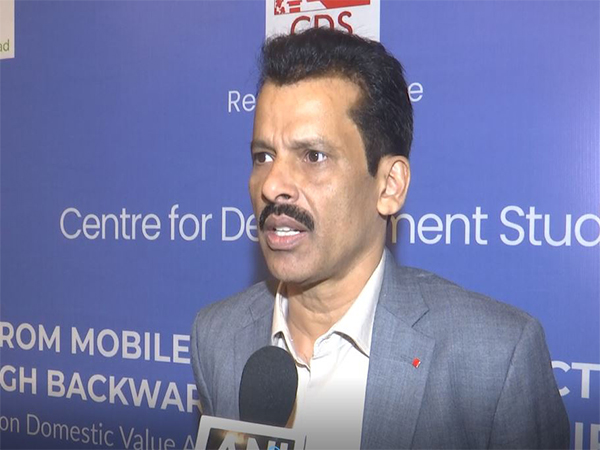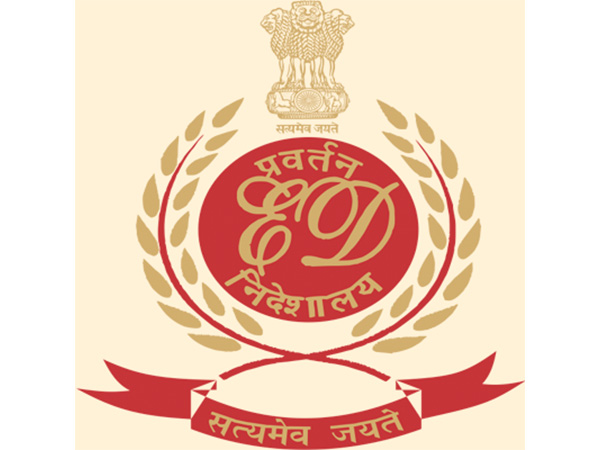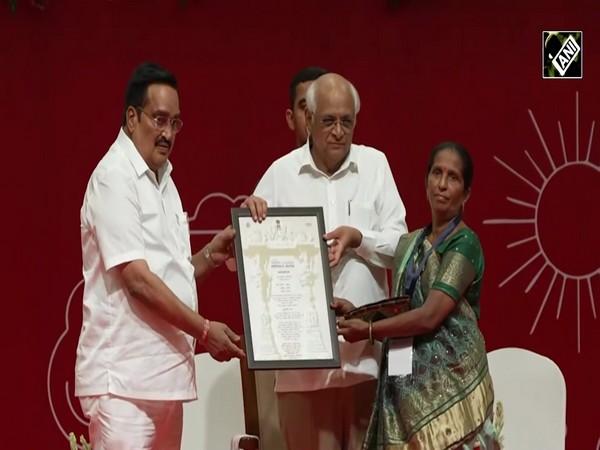Liver Donation: Live beyond life...Let your life keep shining after your flame burns out
Aug 24, 2020

New Delhi [India], Aug 24 (ANI/Mediawire): Organ donation is one of the greatest medical marvels of the twentieth century which has saved the lives of several patients. Organ donation day is observed on 13 th August every year.
This day strives to motivate people to donate their healthy and precious organs after death to save lives. Also tries to spread information and awareness about organ donation and eliminate the myths and fears people have in their mind about organ donation. One person can donate cornea, lungs, heart, heart valves, liver, kidneys, pancreas, skin, small intestine, bones, cartilage/ligaments in the unfortunate event of death (brain stem death/cardiac death)
As per the National Health Portal, 500,000 people die due to the non-availability of organs. If we take liver disease burden related deaths in India, its enormous with 22.2 deaths/100,000 population attributed to liver cirrhosis (end-stage liver disease) by the Global Health Observatory data from the World Health Organization. A study from a leading Liver transplant centre in Chennai revealed that the one-year risk of death in patients with cirrhosis of the liver was 27.7 per cent awaiting a liver after transplant registration.
It was higher in patients with advanced liver disease and those experiencing more liver cirrhosis complication episodes after transplant registration. There is a need for approximately 50,000 livers for transplantation annually in India but the disparity between the huge demands for the liver and their poor supply is the main issue as revealed by the NOTTO (National Organ and Tissue transplantation organization) which recorded 1945 liver transplants all over India in 2018 predominant of which were living-related liver donations.
The other major limitation is poor cadaveric liver donation rates all over India at approximately 0.26 per million population compared to some of the better performing countries such as Croatia's 36.5, Spain's 35.3, and America's 26 per million, respectively. There is a distinct geographical divide between extremely dismal cadaveric Liver donation rates in Northern and Eastern India and promising picture in Southern & Western India especially states like Tamil Nadu, Maharashtra, Telangana.
Liver donation in India is slowly rising to take off. The main reason behind this slow take-off is lack of awareness. Awareness should increase in all levels, namely: Community-based awareness; Public/patient-based awareness; Hospital-based awareness; Government-initiated awareness.
Liver donation is of 2 types:
1) Cadaveric: Liver of a brain-dead/ cardiac death individual is transplanted into the body of a living recipient after proper medical and surgical assessment. The liver which is retrieved should be preserved in a special chilled preservative solution and should be transplanted as early as possible, ideally <6 hours. The deceased individual in this scenario can only be a victim of brain death/cardiac death. This kind of transplant initially requires the recipient to wait on a list until a suitable organ is available based on the recipient medical profile/ seniority on the list. People pledge to donate their organs during their lifetime and communicate their wish to their family members. Certain facts regarding cadaveric liver donation are:
a) Liver organ donation is possible only in the ICU of a hospital after a proper declaration of brain stem death/ and not at home.
b) Liver is carefully retrieved by taking donor to operation theatre with no disfigurement to donor body, scar on the donor body is sutured just like any surgery performed on living persons.
c) There is no compensation or payment for cadaveric Liver donation permissible under THOA (Transplantation of Human OrgansAct) 1994, but the family is not charged for any procedure after liver donation consent is given by them.
2) Living related liver donation: Liver donation in which a part of the liver of a healthy person related to the recipient is removed by an operation and used for transplant, is very safe. The donor is in hospital for 7-10 days, rests at home for 2-3 weeks, and is then as well as he was before the operation. The liver regenerates (i.e., grows back to its normal size) within 2-3 weeks. The living liver donor should be an 18-55 years old, willing and healthy family person weighing between 50-85 kg, should not be overweight or obese (since such people tend to have fatty livers that may not work well in the recipient), and should have either the same blood group as the patient's or blood group "O". They undergo a detailed stage-wise evaluation to ascertain their suitability to donate part of their liver. Approval for such a transplant is given by Authorization Committee of the hospital/respective district/state level authorization committee set up by the government.
Disclaimer: This article is sponsored by Astellas in the public interest. The views and opinions expressed in the article by participating doctors are based on their independent professional judgement. Astellas India Pvt. Ltd., BCCL and its group publications disclaim any liability for the accuracy or consequences flowing from adherence to their expert views.
This story is provided by Mediawire. ANI will not be responsible in any way for the content of this article. (ANI/Mediawire)




















